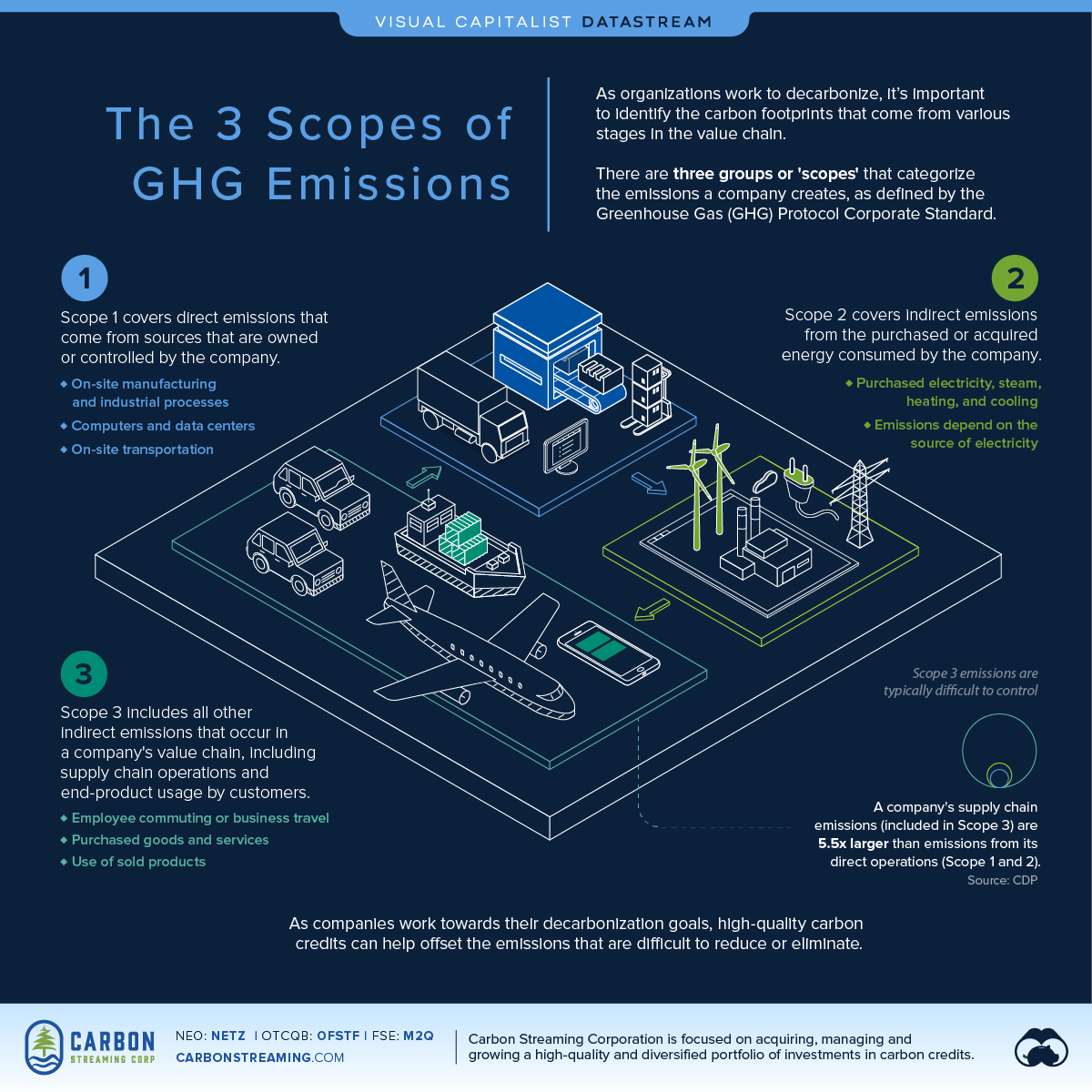TORONTO STAR
December 9, 2021

WASHINGTON — When representatives from more than 100 nations convene virtually on Thursday for a “democracy summit” hosted by the White House, U.S. President Joe Biden will greet them “from a place of humility,” according to a senior administration official speaking on background.
“The president has been forthright and clear about the challenges facing democracy here at home throughout his presidency,” the official added, “and I think you can expect him to do so as well at the summit.”
The challenges facing democracy here at home. Yup. Hosting a global symposium on democracy in Washington today feels a little like holding a fire prevention conference next to a blazing wood stove in a log cabin with faulty wiring.
My colleagues Susan Delacourt and Martin Regg Cohn have already directed readers to “January 6 was Practice,” the cover story in the current issue of The Atlantic magazine, in which Barton Gellman warns that former president Donald Trump’s “next coup” is already well underway. That story is being heard in Washington like the “hurrying hoof beats” of Paul Revere’s ride, warning of impending danger that requires action. (Incidentally, Longfellow’s 1860 poem that immortalized Revere’s “voice in the darkness” — and served as a call to action on the eve of the U.S. Civil War — also first appeared in The Atlantic.)
“The democratic emergency is already here,” University of California Irvine professor Richard L. Hasen says in the story. “We face a serious risk that American democracy as we know it will come to an end in 2024, but urgent action is not happening.”
The essay compiles the developments that, taken together, history might come to view as the defining story of 2021. There is Trump’s ongoing and blatantly false insistence that he won the 2020 election, and the heavily armed and increasingly open-to-violence segment of America that believes him.
There are Republican legislators, who have embraced Trump’s message and have been perversely gerrymandering state legislature and congressional districts, rewriting state laws to allow them to throw out future election results they don’t like, restricting who can vote and how in the future, and replacing state election officials with those who are openly on the side of Trump’s power-highjacking schemes. And there are published accounts of the last days of Trump’s presidency detail the logic of his failed attempt to steal the 2020 election, and making clear how the actions Republicans are taking now could make such a scheme successful next time around.
So this isn’t a moment when the U.S. will be in a position to lecture other countries about democracy.
What’s more, everyone knows it. A timely survey of global attitudes to democracy released this week by the Pew Research Center shows that around the world, 57 per cent of people who think the U.S. used to be a good example of democracy for other countries to follow, say it isn’t any more. In Canada, only 14 per cent of people think the U.S. remains a model of democracy. Even in the U.S., there isn’t a lot of patriotic chest-thumping: 80 per cent of Americans say the U.S. is not, or never was, a good democratic model.
That lines up with 85 per cent of Americans who say that their political system either “needs to be completely reformed” or “needs major changes.” (Only 47 per cent of Canadians, by comparison, say the same about theirs.)
Clearly, not all those Americans would agree on what changes are needed. As Gellman points out, 68 per cent of Republicans (and 31 per cent of all Americans) believe Trump’s big lie that the election was stolen from him. Those are the people who are doing something about it — and it is their actions that Gellman, the Biden administration and most reasonable observers and experts think is posing the threat to democracy that the rest of Americans perceive.
But because of their reluctance to override the Senate filibuster rule, which gives the minority Republicans a legislative veto, Biden’s party has failed to pass two voting rights laws, which would have ended gerrymandering and imposed protections against voter suppression and partisan sabotage of elections. On Wednesday, the eve of Biden’s summit, the House of Representatives brought another measure intended to curb presidential corruption and protect elections to a vote. Like the other two, it might be expected to languish in the Senate.
Time may be running out for these Democrats, who proclaim themselves defenders of democracy. The midterm congressional elections, which at this point are widely expected to give Republicans control of at least one and possibly both houses of Congress, are less than a year away. If that happens, the opportunity to pass any democratic protections at all will have passed.
Meanwhile, the members of his own party continue to wrangle over Biden’s economic agenda — and probably will continue to through the end of the year.
So the “democracy summit” offers an opportunity to “put the issue on the front burner,” the Biden official told the media briefing, with a planned announcement of a “year of action” coming out of it. We may find out Thursday and Friday what actions are contemplated in that year, and how successful the meetings are at pushing this up higher on the congressional agenda.
The administration’s self-proclaimed “humility” is justified. You’ll have to stay tuned to see whether bringing that attitude to an international summit can prompt the kind of action needed to head off an unfolding crisis of U.S. democracy.







